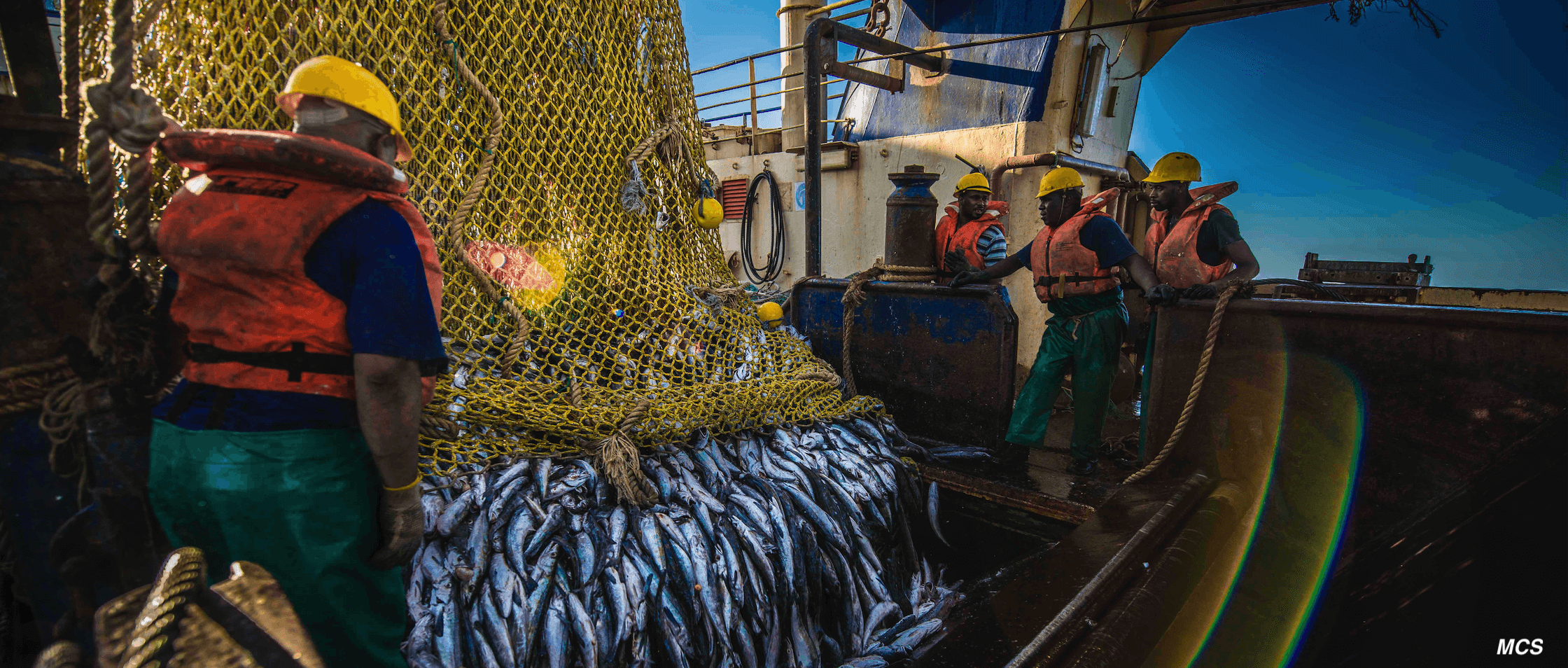
Management objectives are formally adopted goals for a stock and fishery. Within a harvest strategy, operational objectives must be specific and measurable, with associated timelines and minimum required likelihoods that they can be achieved. Setting management objectives is the critical first step in developing a harvest strategy. They set the vision for the fishery and provide mechanisms for measuring the strategy’s long-term success. Management objectives can be modified, but if the harvest strategy is going to be effective, it’s critical that modifications occur only if the vision for the fishery truly changes, rather than as a means to justify a desired short-term outcome.
One of the most critical steps in the harvest strategy development process is choosing the levels of risk that will guide future fishery decisions. Often, these levels are codified in the fishery’s management objectives. Risk is defined in terms of the likelihood of a negative outcome, such as stock collapse or breaching the limit reference point. Conversely, it can establish the probability of success, such as the chance of achieving a target reference point or not breaching the limit reference point. Consistent with the precautionary approach, managers should set low levels of risk tolerance in cases of greater uncertainty. Risk-averse management is preferable because it helps ensure a high probability of achieving the status and safety objectives for a fishery. Alternatively, establishing over-conservative risk levels can result in forgone yield, and so a balance must be struck to ensure suitably precautionary risk tolerances without unnecessary sacrifices in catch.
.
Guidelines for Risk
FACTSHEET: Management Objectives; Language Options: Español 🇪🇸 • Français 🇫🇷 • 日本 🇯🇵 • ไทย 🇹🇭
Big news from the Pacific! 🎉
The Western and Central Pacific Fisheries Commission (WCPFC) adopted a management procedure for South Pacific Albacore last week! Read our latest blog to learn about this milestone and what’s in store at the WCPFC in 2026:
Our new blog post covers the ups and downs of this year's just-wrapped ICCAT annual meeting - from a new management procedure for W Atlantic skipjack to a higher-than-advised TAC for Atlantic bluefin tuna in the west. Read more here:
https://tinyurl.com/4rv4yusu
The GFCM has adopted 2025’s first international #harveststrategy, choosing a precautionary, science-based rule for blackspot seabream in the Alboran Sea. With the stock at only ~5% of unfished levels, this is a key step toward recovery and sustainability:

December 12, 2025
HarvestStrategies.org serves as a resource for fisheries scientists, managers, and other stakeholders, compiling information about how harvest strategies work and how implementing this pioneering management approach can lead to sustainable, profitable fisheries and successful recovery programs for many species around the world. The site is managed by The Ocean Foundation’s International Fisheries Conservation Project with support from The Pew Charitable Trusts and the Common Oceans Tuna Fisheries Project, which is funded by GEF and implemented by FAO.
| Status | Description |
|---|---|
| This item has been adopted | |
| This item is in development | |
| This item is behind / stalled | |
| This item has not been started yet |